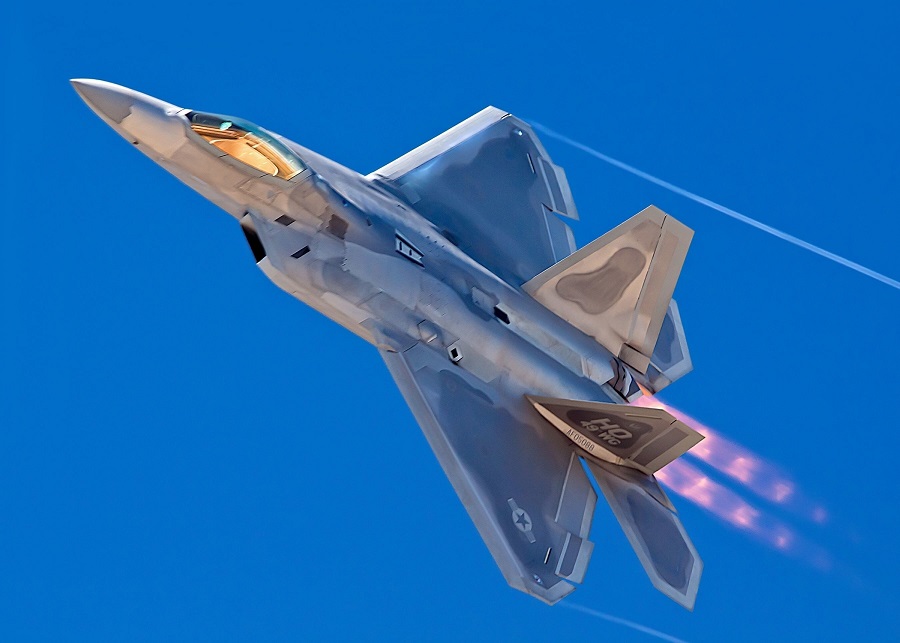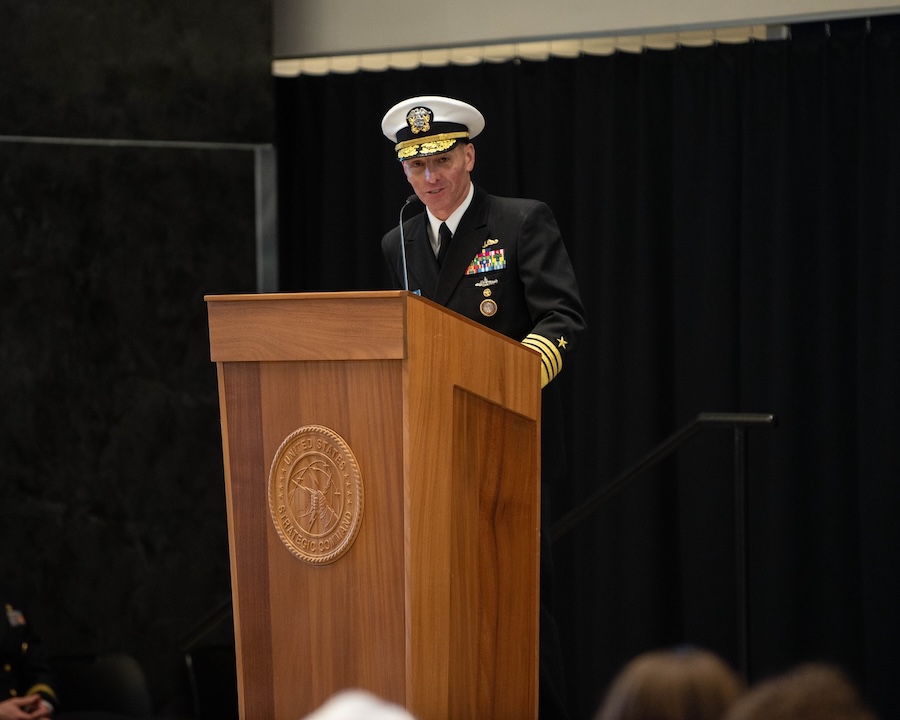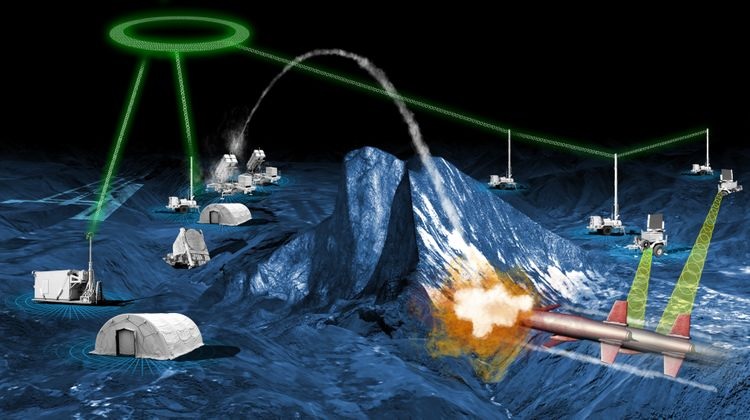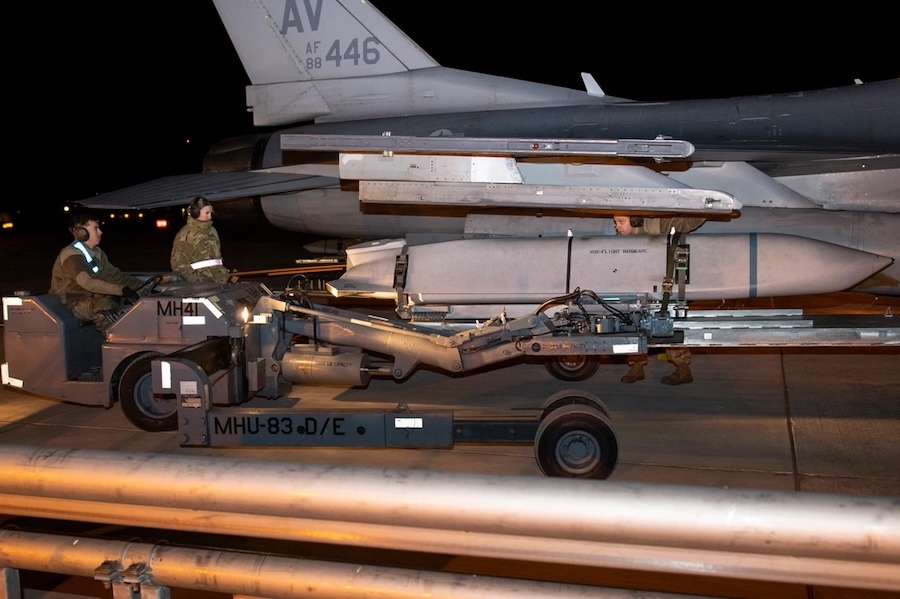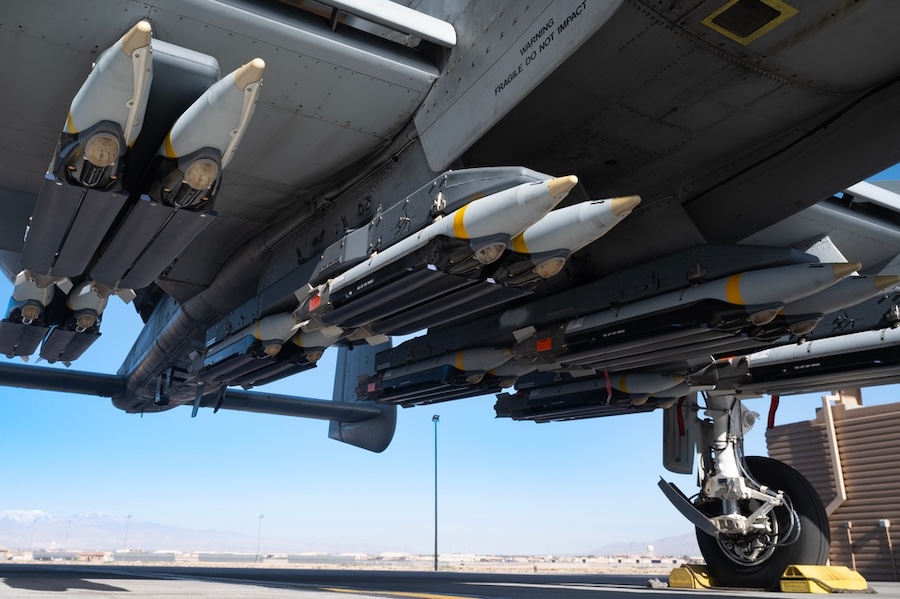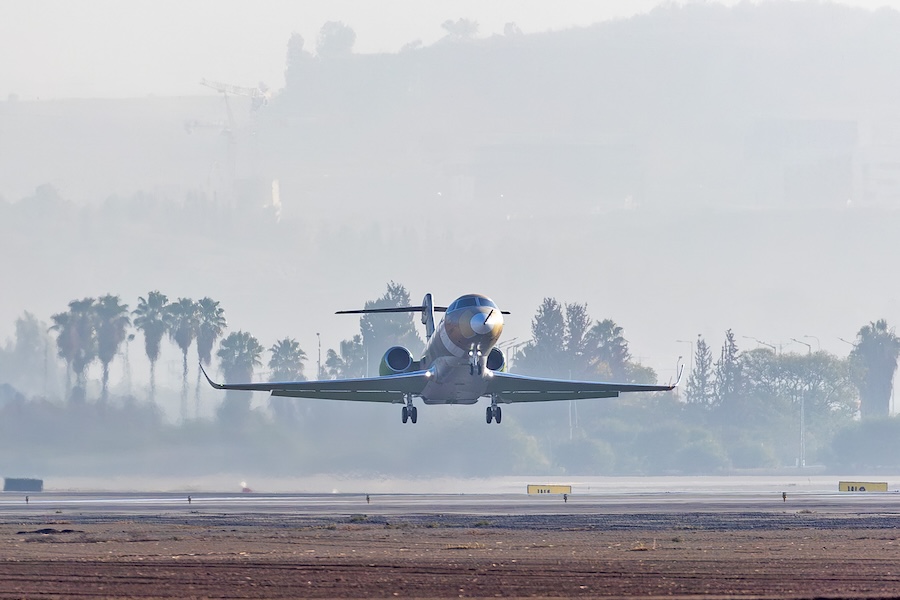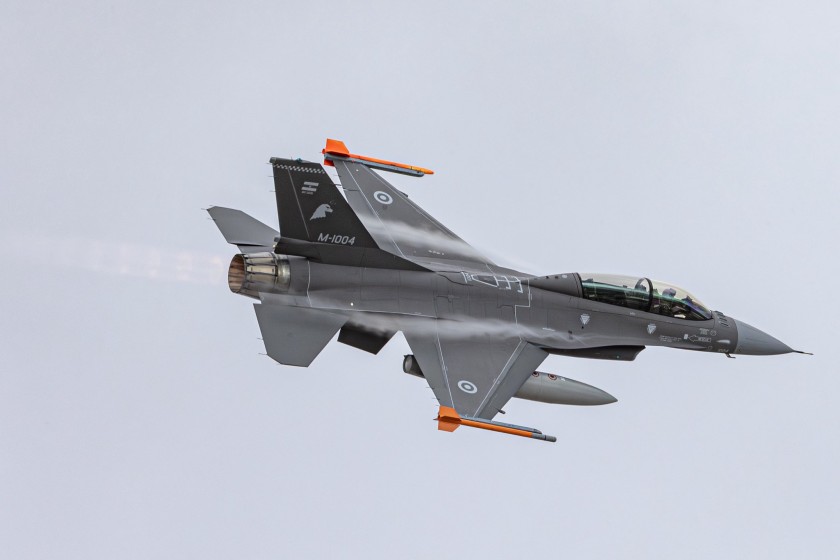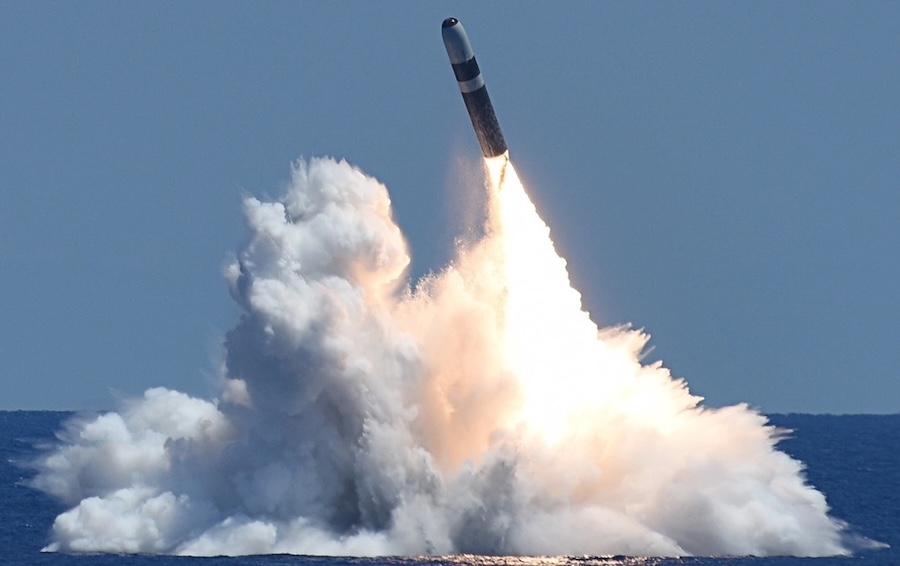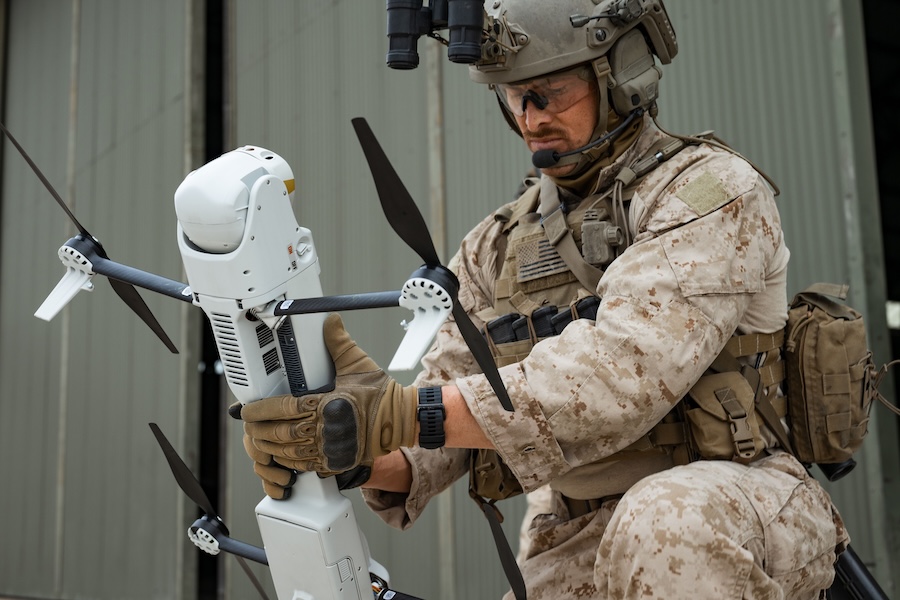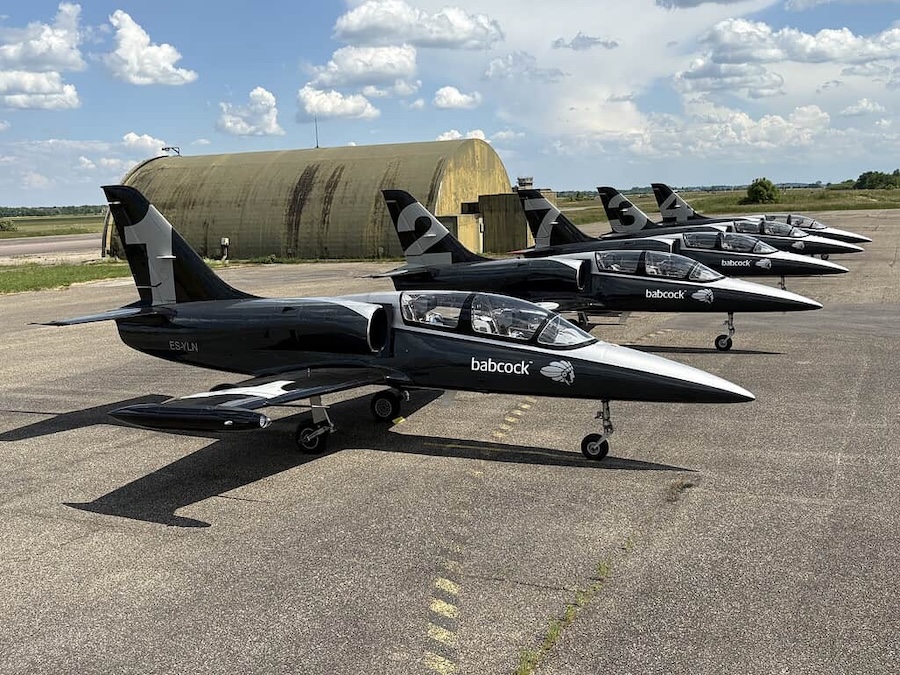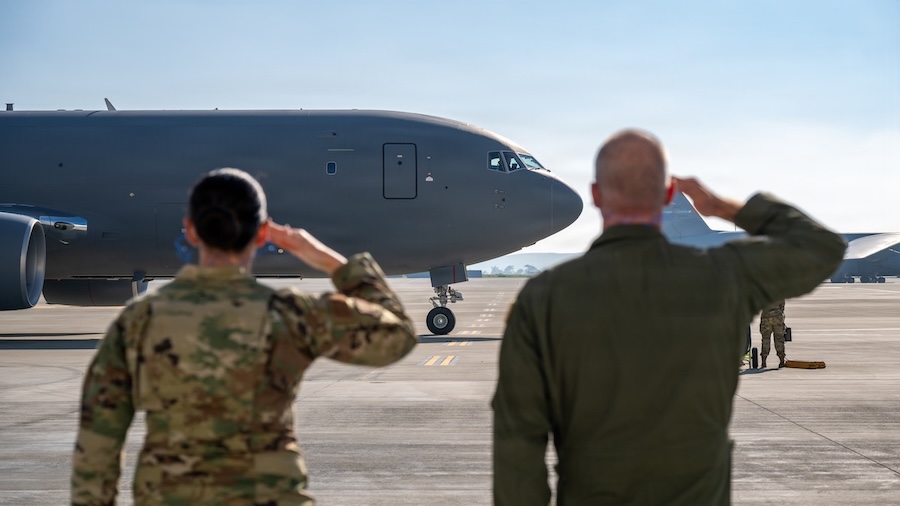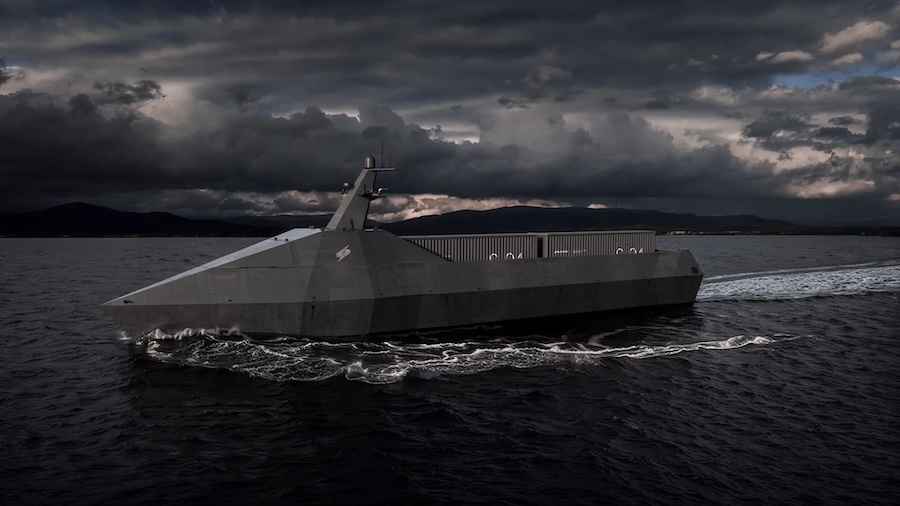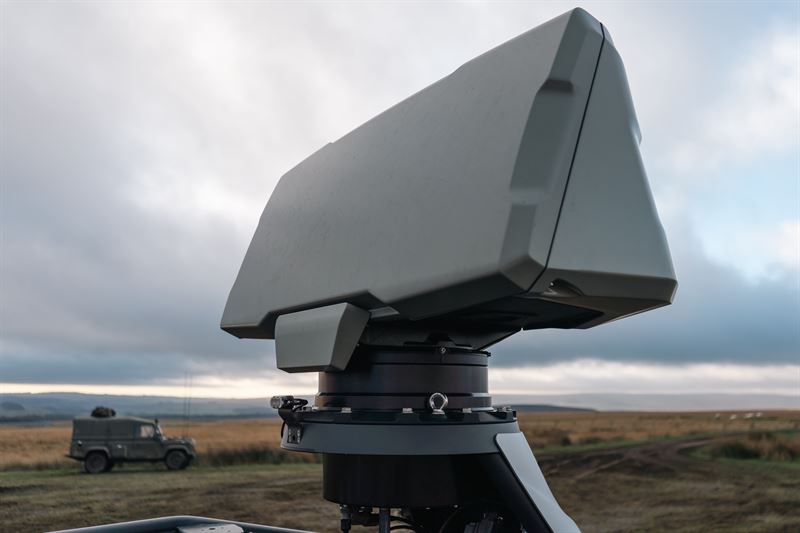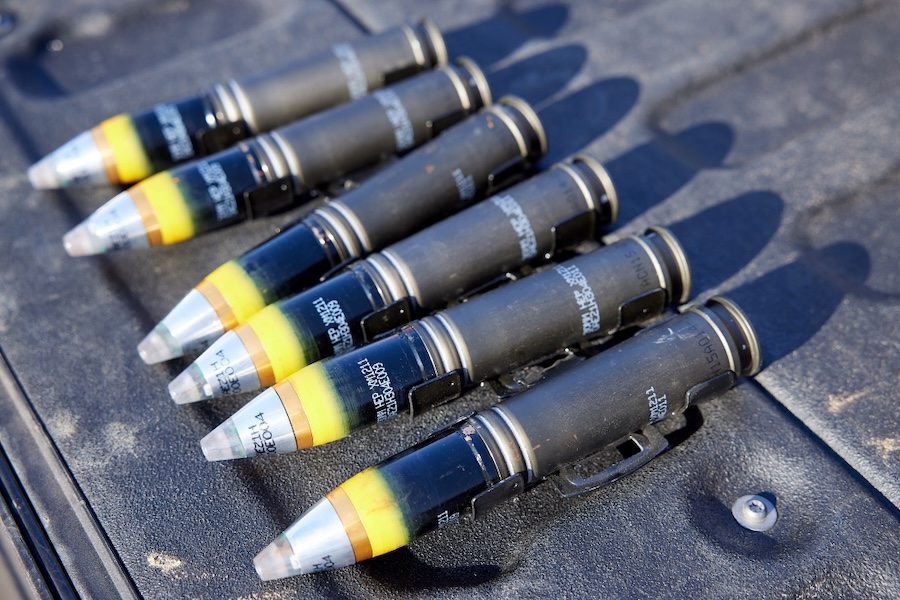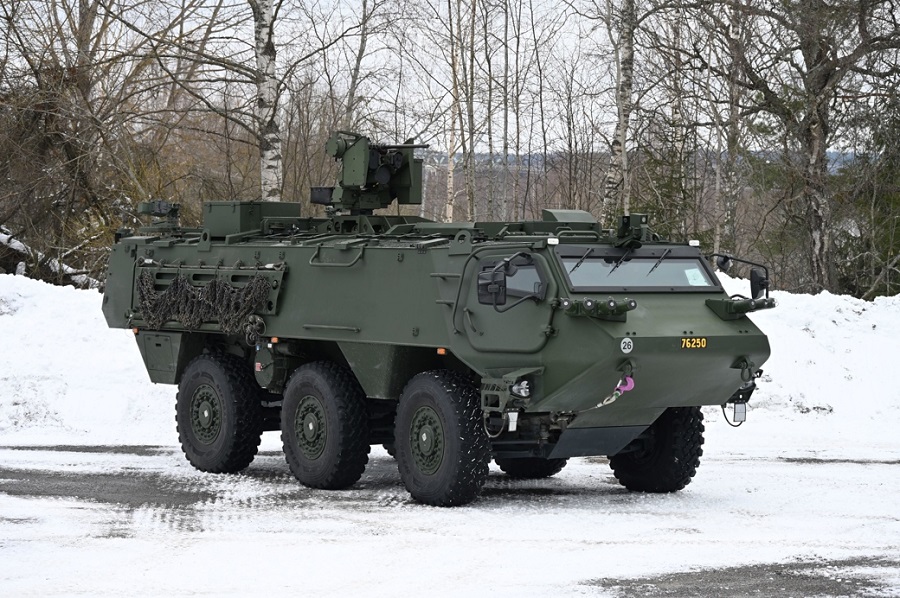Taiclet cited space-based interceptors, due for demonstration in 2028, and a new autonomous Black Hawk helicopter as examples of this new strategy. He also suggested that Lockheed’s Skunk Works-developed sixth-generation technologies could be retrofitted into existing aircraft like the F-35 and F-22.
“How do we take the Skunk Works activities that were designed to go into NGAD and other potential opportunities, some of which are classified, but we developed these sixth-generation capabilities, whether it’s stealth, propulsion, inlet designs, coatings, those kinds of things in … Skunk Works, which we can actually backward integrate into F-35 and F-22, and are doing so,” Taiclet said.
In April, Taiclet proposed that integrating these technologies could result in a version of the F-35 with “80 percent of the NGAD’s capability at 50 percent of its cost,” referring to it as a “Ferrari F-35.” A Lockheed spokesperson declined to confirm whether a modified F-35 is in development, saying Taiclet was referencing technologies “broadly.”
Lockheed is also developing the Vectis escort drone, which aligns with the U.S. Air Force’s Collaborative Combat Aircraft goals but is not designed specifically for that programme. “We are now in the business of self-funding prototypes at the corporate level, with which we can actually demonstrate real capability leapfrogs to our customers,” Taiclet added.
Chief Financial Officer Evan Scott reported a backlog of 265 F-35 aircraft at the end of the quarter, excluding another 151 jets added after finalising contracts for production Lots 18 and 19. He noted strong support from Congress and the White House, reinforcing Lockheed’s goal of producing 156 jets per year.
Scott stated, “As we really hit a good groove on production …that will continue to translate into operational results.” He said the main growth driver would now shift to sustainment, given the growing number of aircraft in service.
Between 175 and 190 F-35s will be delivered in 2025, and Scott highlighted a major effort to complete Block 4 development. The upgrade depends on the Technology Refresh 3 package, which Taiclet said is largely through testing.
“We have the best collaboration we’ve ever had and openness with the government,” Taiclet said, describing improved cooperation with subcontractors RTX, BAE Systems, and Northrop Grumman. He praised the U.S. government’s push to remove delays and said the Block 4 rollout is expected to stay on track.
Taiclet acknowledged the complexity of the upgrade: “Super challenging, by the way; some of the technologies that are coming on to the jet and having to be integrated are complex, but I do think that it’s just going to make the aircraft even more dominant than ever before.” He added, “If you’ve got the best EW, the best sensor suite and the best weapons and the best radar, you’re going to win, and that’s what we’re out for.”
In the third quarter, Lockheed delivered 46 F-35s, achieving a pace of nearly one delivery per working day. The programme has now surpassed 1,200 aircraft delivered and over one million flight hours.
“Over the years to come, the U.S. and 19 international allies will continue to progress toward a planned global fleet of over 3,500 aircraft,” Taiclet said. Scott also confirmed that Belgium intends to buy 11 more F-35s and Denmark another 16.
Addressing a highly classified programme that resulted in a $950 million charge last quarter, Taiclet said the move ensures a healthier path forward. He had earlier called the system “a game-changing capability for our joint U.S. and international customers.”
On the third quarter call, he said the company has reviewed “every single assumption in that bid from 2018” and believes most issues have been addressed. “But there’s still technical risk in this, and what will come out the other side is something really amazing that will have lots more demand, we think, beyond the fixed price production lots that we are taking the charges for.”
He concluded, “I do see a much more robust future for that program now that we’ve taken those charges. Again, [we] put that all behind us. But it’s not 100 percent risk free, let’s say. But I think, in the end, all in all … this will be very good for the company and very good for the country.”
Source: Air & Space Forces Magazine.



